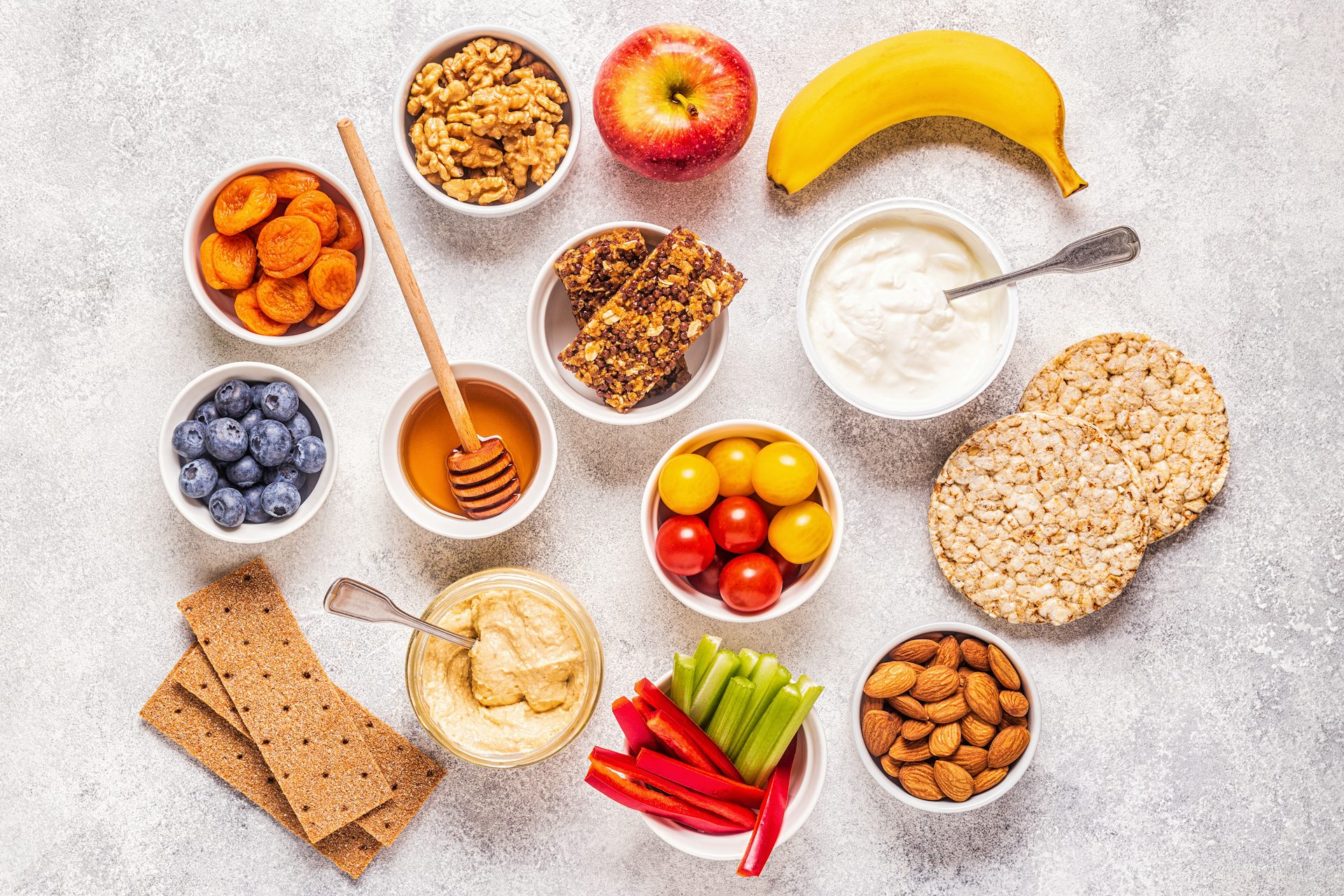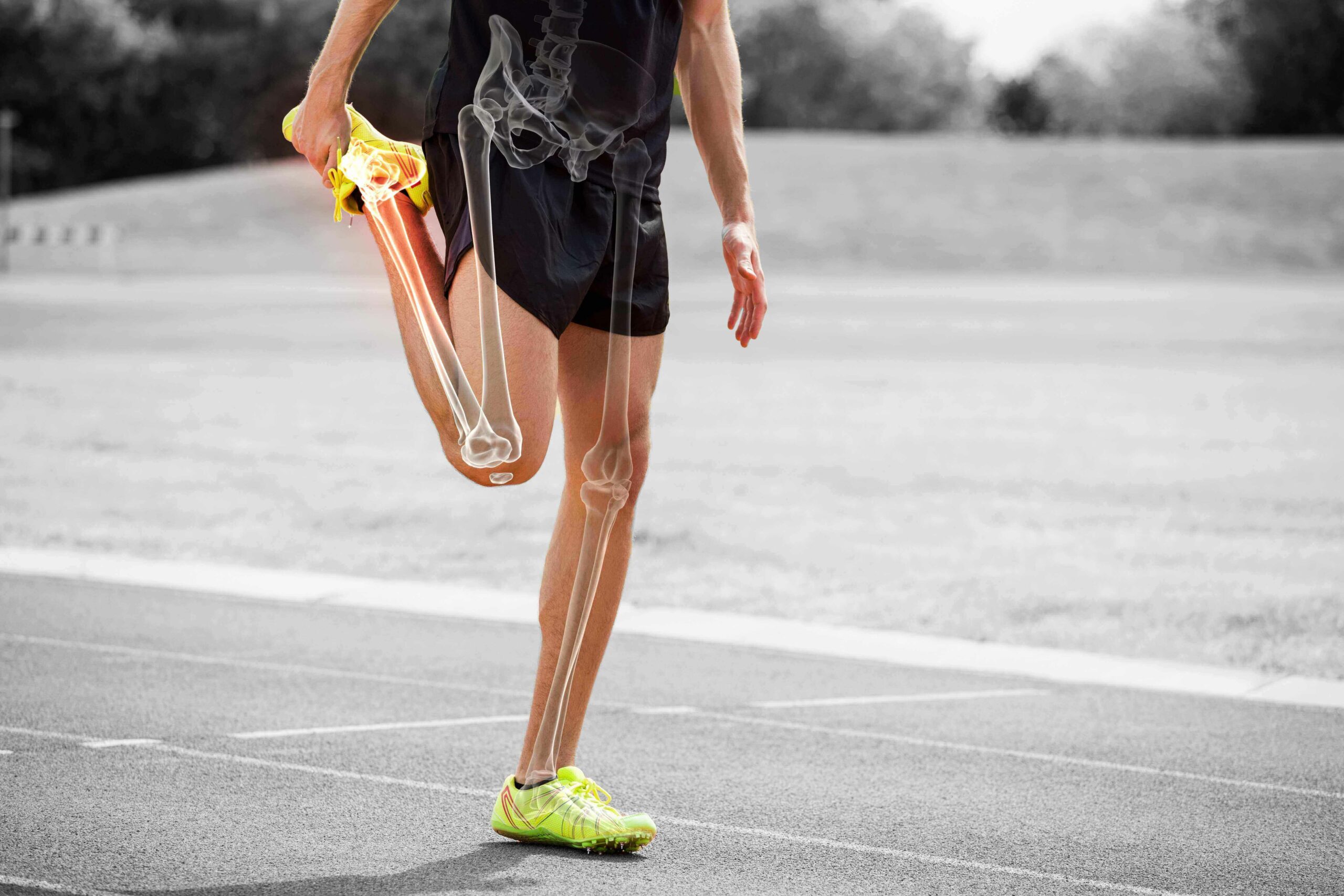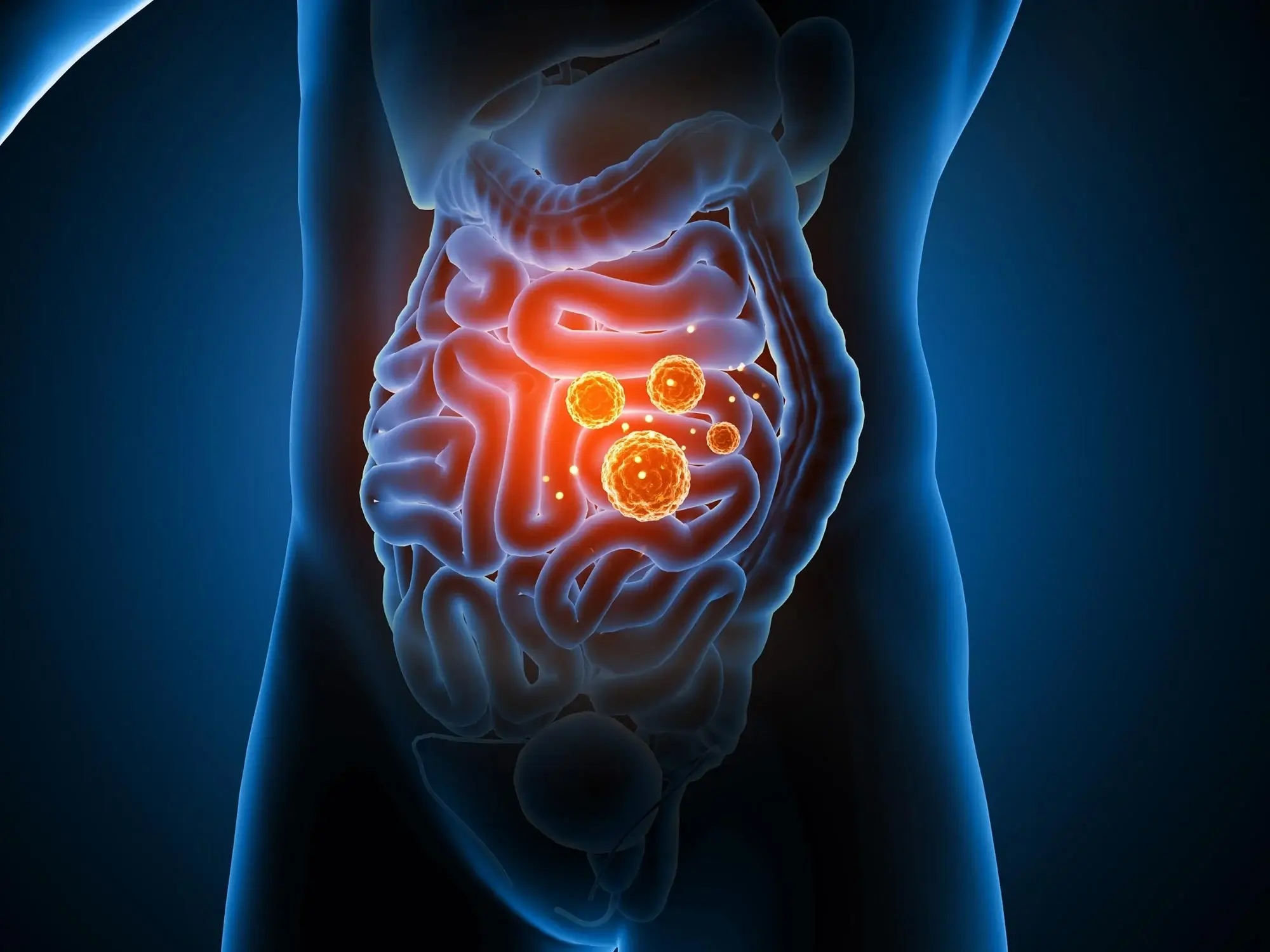Mark Wahlberg’s Daily Routine
The Secret Routine of a Hollywood Superstar
Mark Wahlberg, a renowned actor and executive producer, is well-known for his roles in blockbuster films and his commitment to fitness. Beyond his Hollywood success, Wahlberg follows a disciplined schedule that supports his demanding career and personal goals. His daily routine is a blend of rigorous workouts, strict dietary plans, and dedicated family time, providing a glimpse into how he maintains his health and career. This article offers a look into Mark Wahlberg's daily routine, including his approach to work, fitness, and family life.
- Published: January 6, 2025
- Last Updated: June 3, 2025
- Wake-up
- Mark Wahlberg's Supplements
- Performance Inspired Supplements
- Cold Plunge
- Early Morning Prayer
- Mark Wahlberg Workout Routine
- The Benefits of Blood Flow Restriction (BFR) Training
- Post Workout Snack
- Shower Time
- Golf
- Golf Equipment
- Late Breakfast
- Work Routine
- Lunch
- Picking Up Kids From School
- Back To Work
- Dinner & Family Time
- Sleep
-
-



3:30-4:00 a.m.
Wake-up
His day begins while most of the world is still asleep. Known for his incredible discipline, Mark has adjusted his early morning wake-up call to ensure he gets sufficient rest while still maximizing his day.
- Earlier Wakeup Times: While not as early as 2:30-3:00 am anymore, Mark chooses a slightly later time to wake up, ensuring he gets enough rest.
- Consistency in Routine: Maintaining a regular wake-up time helps set the tone for the day, allowing for a smoother start.
- Foundation for the Day: This early rise sets the stage for a day filled with intense workouts, focused work sessions, and quality time with family.
-
4:00 a.m.
Mark Wahlberg’s Supplements
Following his early wakeup, he begins his day with specific hydration and supplement practices designed to optimize his health and fitness goals.
- AquaHydrate: The first step in his morning routine is to drink AquaHydrate, ensuring his body starts the day fully hydrated.
- Supplements: He takes a carefully selected mix of supplements, including turmeric to reduce inflammation, along with multivitamins for overall health support.
- Boost of Energy: A triple espresso gives him the necessary energy boost to tackle his morning workout.
His attention to hydration and supplements is a key component of his daily routine, reflecting his commitment to his health and high performance.
“I’ve always been adamant about being natural, no matter what I was doing—training, putting on weight, losing weight. So the supplements I take are an all-natural product—nothing that can give you a bad reaction.”
Mark Wahlberg -
Performance Inspired Supplements
Performance Inspired Supplements designed to support your fitness goals, health, and overall well-being. Each product is tailored to meet the needs of active individuals looking for natural and effective supplementation.
- CREATINE CHEWS: Enhance muscle strength and recovery with these convenient, on-the-go chewable tablets.
- COLLAGEN POWDER: Support skin hydration, joint health, and bone strength with this easily dissolvable powder.
- COLLAGEN PLUS BIOTIN GUMMIES: Strengthen hair, skin, and nails while enjoying the added benefits of biotin in a tasty gummy.
- BCAA WITH ENERGY: Boost your workout with essential amino acids for muscle recovery and an extra energy kick.
- PROTEIN BAR: Also known as the Inspired Bar, this protein bar offers 20-25g of protein. It has excellent taste and can help you complete your protein-intake goals.
- F45 CHALLENGE PERFORMANCE BUNDLE (WITH WHEY PROTEIN): Elevate your workout results with a comprehensive performance bundle designed for the F45 Challenge.
- F45 CHALLENGE RECOVERY BUNDLE (WITH WHEY PROTEIN): Accelerate recovery and reduce soreness post-workout with this targeted recovery bundle.
- HAIR, SKIN & NAILS GUMMIES: Promote beauty from within with nutrient-rich gummies for healthier hair, skin, and nails.
- VITAMIN D3 GUMMIES: Support your immune system and bone health with Vitamin D3 packed in a delicious gummy form.
-
Cold Plunge
Adding a cold plunge into his morning routine, he takes his fitness and recovery to the next level. After hydrating and taking his supplements, he engages in a cold plunge session for a refreshing start to the Mark Wahlberg daily routine.
- Home Setup: At home, he utilizes his ice bath setup for five to six minutes.
If you’re looking to get a top-of-the-line cold plunge set up at your home, consider opting for a portable ice bath.
- Adapting on the Go: When traveling and staying in hotels, he adapts by using a bathtub for his cold plunge, ensuring he maintains this routine regardless of his location.
- Routine Benefits: This cold immersion aids in recovery, reduces inflammation, and boosts his mental sharpness, preparing him for the physical demands of his workouts.
Interested in the benefits of the Cold Plunge? Visit Cold Plunge Routine for details on how to get started and make it part of your daily routine.
“A friend of mine that I’m working with to try to live longer and be healthier told me that the best way to start the day is to get into cold water, no matter where I’m at.”
Mark Wahlberg -
4:45 AM
Early Morning Prayer
He integrates spirituality into his rigorous daily schedule through an early morning prayer session. Following his cold water immersion session, he uses this time for prayer.
- Dedicated Time: He commits to a 30-minute prayer session, starting his daily schedule with gratitude and mindfulness.
- Spiritual Foundation: This time is essential for Wahlberg, providing him with mental clarity for the day ahead.
- Personal Reflection: During this session, Mark reflects on his goals, seeks guidance, and expresses gratitude, setting a positive and reflective tone for his day.
- Mindful Start: While Mark Wahlberg’s morning routine centers around prayer, others might find the Yoga Wake Up or Headspace app to be a great alternative. These apps provides guided wake-up routines and meditations, allowing for a calm and focused start to the day, tailored for those seeking a mindful beginning.
The Mark Wahlberg routine is not just about physical preparation but also spiritual nourishment. His dedication to early morning prayer highlights the importance of balance between body and spirit in achieving overall wellness.
For those who want to enhance their morning routine with mindfulness practices, check out our article on The Daily Meditation Routine.
-
5:00-6:35 AM
Mark Wahlberg Workout Routine
He approaches his fitness with a well-planned routine designed to maximize results while prioritizing health and recovery. Right after a moment of spiritual grounding through prayer, he dives into a workout session.
- Pre-Workout Preparation: Kicks off with a pre-workout shake containing protein powder to fuel the intense session ahead.
- Smart Training Approach: Focuses on balanced training involving both upper and lower body exercises, following a planned schedule of training for three days, taking a day off, then training for two days followed by another day of rest.
- Innovative Equipment: Incorporates BStrong blood flow restriction bands to enhance muscle growth and strength without using extremely heavy weights.
- Supplement Support: Consumes Creatine, Branch Chain Amino Acids (BCAAs), and multivitamins during his workout to support muscle recovery and overall health.
- Engaging Workout Atmosphere: Begins his workouts tuned into ESPN’s SportsCenter for an update on sports news, then switches to music to keep the energy up while tackling the challenging VersaClimber. Wahlberg progressively increases his time on this tough machine, aiming to add 30 seconds each day, reaching up to 27 minutes of intense cardio.
- Rest and Recovery: Places a strong emphasis on the importance of rest days and recovery periods, understanding that they are as critical to his fitness goals as the workouts themselves.
“My workouts start with RAMP, which stands for a range of motion, activation, and movement prep—things like Spiderman stretch and hip bridges, plus foam rolling.”
Mark Wahlberg -
The Benefits of Blood Flow Restriction (BFR) Training
Blood Flow Restriction (BFR) training is a cutting-edge workout routine that offers a host of benefits for those looking to enhance their physical health.
- Boosts Muscle Strength: Even with lighter weights, BFR training can significantly increase muscle strength by forcing muscles to work harder than usual.
- Minimizes Injury Risk: Using lighter weights decreases the risk of injury, making BFR training a safer alternative to traditional heavy lifting.
- Enhances Muscular Endurance: Regular BFR training sessions with restriction bands improve muscular endurance, enabling you to perform better and longer in physical activities.
- Efficient Workouts: Achieve muscle fatigue faster with BFR training, leading to more efficient and shorter workout sessions.
- Helpful in Rehabilitation: Its low-impact nature makes BFR training ideal for rehabilitation, helping in quicker recovery without additional strain.
-
8:00 a.m.
Post Workout Snack
Mark’s post-workout meal is a comprehensive mix of proteins, healthy fats, and carbohydrates, aimed at maximizing recovery.
- Eggs: Consumes five eggs, combining two hard-boiled and three scrambled, to provide a high-quality protein source that aids in muscle repair.
- Pork Chops: Adds pork chops seasoned with just a touch of salt and pepper, offering another lean protein that contributes to muscle building and recovery.
- Wild Smoked Salmon: Incorporates wild smoked salmon into his meal, which supports heart health and reduces inflammation.
- Greek Yogurt and Berries: Chooses Greek yogurt mixed with berries for a delicious source of calcium, protein, and antioxidants, along with a dose of natural sugars for energy replenishment.
- Moringa Green Juice: Completes his meal with moringa green juice, packed with vitamins, minerals, and antioxidants to boost overall health and wellness.
-
8:30 a.m.
Shower Time
After his workout and a nourishing post-workout meal, he transitions into the next phase of his morning routine, which is shower time. This isn’t just a step towards cleanliness but a crucial part of his recovery process.
- Refreshing Shower: Takes a shower after his post-workout meal, using this time not only to clean but to refresh his body.
- Hygiene Routine: Integrates a comprehensive hygiene routine to ensure he is thoroughly clean and ready to tackle the rest of his day with confidence.
-
9:00 a.m.
Golf
Mark’s engagement with golf is a significant part of his daily routine, offering him a blend of leisure, physical activity, and social interaction.
- Personal Golf Setup: At home, he enjoys a custom-designed golf setup by Back Nine Greens, featuring a range of greens, deep bunkers, and chipping areas, perfect for honing his skills in a private setting.
- Exclusive Play Area: His backyard course is a golfer’s paradise, complete with challenging layouts and exclusive tees reserved for close friends.
- Local Course Play: He also frequents the Riviera Country Club in Pacific Palisades, appreciating its proximity and the resort-like amenities it offers, making his golfing experience enjoyable and convenient.
- Efficient Rounds: Known for completing 18 holes in under two hours, Wahlberg’s speed and efficiency on the golf course are unparalleled, demonstrating his exceptional skill and dedication to the sport.
“What I will say is that golf gives me what nothing else does: freedom, air, energy. All your fears and frustrations fade away when you walk onto the golf course, right up until you hit the ball!”
Mark Wahlberg -
Mark Wahlberg’s Golf Equipment
His choice of golf equipment reflects his attention to quality and performance. When Mark hits the golf course, he does so with equipment that matches his commitment to excellence in the sport.
- Travis Mathew Shirt: He opts for Travis Mathew shirts, known for their comfort and style, ensuring he looks good and feels comfortable throughout his rounds.
- Callaway Golf Clubs: A set of Callaway Golf Clubs is his choice for the game, a brand synonymous with quality and innovation in golfing equipment. These clubs help him achieve precision and power on the course.
- Ogio Golf Bag: To carry his clubs, he uses an Ogio golf bag, appreciated for its durability, organization, and ease of use, making sure his clubs are protected and readily accessible on the course.
-
11:00 a.m.
Late Breakfast
After a morning filled with intense workouts and golf, he refuels his body with a late breakfast. This meal is a critical part of Mark Wahlberg’s daily routine, ensuring he stays energized and focused.
- Protein-Rich Choices: Includes both chicken breast and chicken thighs, offering a high-quality protein source to support muscle repair.
- Complex Carbohydrates: Sweet potato serves as an excellent source of complex carbohydrates, providing sustained energy throughout the day.
- Vegetables: Broccoli is included for its fiber, vitamins, and minerals, contributing to overall health and digestion.
- Fruit Bowl: A mix of blueberries, blackberries, raspberries, and strawberries offers antioxidants and natural sugars for energy.
- Nuts: A handful of pistachios and almonds adds healthy fats and protein, aiding in nutritional balance.
-
11:30 a.m.
Work Routine
Mark’s work schedule consists of creative and entrepreneurial efforts, ensuring his projects and businesses continue to thrive.
- Meetings and Calls: He dedicates this time to taking meetings and work calls, efficiently managing his time to cover all necessary discussions.
- Script Discussions: Part of his work involves discussing scripts for potential movie projects, analyzing characters, plots, and his possible involvement.
- Business Ventures: He conducts calls related to his various businesses, including investments, partnerships, and brand deals.
-
-
-
02:00 p.m.
Lunch
Mark effectively fuels his body for the afternoon’s activities and challenges by choosing foods that support his physical demands while satisfying his palate.
- Salmon Sashimi: He opts for salmon sashimi, a great source of high-quality protein, which is crucial for heart health and muscle recovery.
- Crab Salad with Cucumbers: A refreshing crab salad accompanied by crisp cucumbers provides a light yet protein-rich option.
- Chicken Breasts: Adding a couple of pieces of chicken breast ensures he gets a substantial amount of lean protein to support muscle growth.
- Balance and Nutrition: This combination of foods ensures a balance of essential nutrients, supporting his energy needs and contributing to his fitness goals.
-
03:00 p.m.
Picking Up Kids From School
Amidst the hustle of workouts, work commitments, and maintaining a disciplined lifestyle, he cherishes his role as a father. A significant part of the Mark Wahlberg schedule involves spending quality time with his children.
- Prioritizing Family Time: Ensures to pick up his kids from school personally, reinforcing the importance of family amidst his busy schedule.
- Building Memories: These moments are cherished opportunities to connect, share stories of the day, and create lasting memories with his children.
Picking up his kids from school is more than just a task, it’s an important part of the Mark Wahlberg routine that reflects his priorities and values.
-
03:30 p.m.
Back To Work
Wahlberg’s return to work involves a focused approach to completing his daily professional tasks.
- Finalizing Calls: He finishes off the day by taking any remaining work calls, ensuring that all communications are up to date.
- Attending Meetings: Attends any remaining meetings, whether they’re for discussing upcoming movie projects, business ventures, or brand deals, making sure every aspect of his work gets the attention it needs.
-
-
-
05:30 p.m.
Dinner & Family Time
The Mark Wahlberg daily routine centers around a wholesome dinner and family engagement.
- Healthy Dinner: He enjoys a dinner of steak with sea bass and a side of vegetables, opting for a balanced meal that combines proteins with essential nutrients.
- Clean Eating Focus: Having transitioned from less healthy eating habits, he now prioritizes clean eating in his daily routine.
- Family Engagement: This time is sacred for Wahlberg, dedicated to being with his family, sharing stories, and enjoying each other’s company.
-
8:00 p.m
Sleep
Ensuring adequate rest is a critical component of Mark Wahlberg’s daily habits.
- Early to Bed: Aiming for at least eight hours of sleep, he goes to bed early to wake up refreshed at his target time of 3:30-4:00 am.
- Importance of Sleep: Acknowledges the significant role that sleep plays in recovery and physical health, making it a non-negotiable part of his routine.
- Consistent Schedule: Maintains a consistent sleep schedule to enhance sleep quality and regulate his body’s internal clock.
-




































































































































































